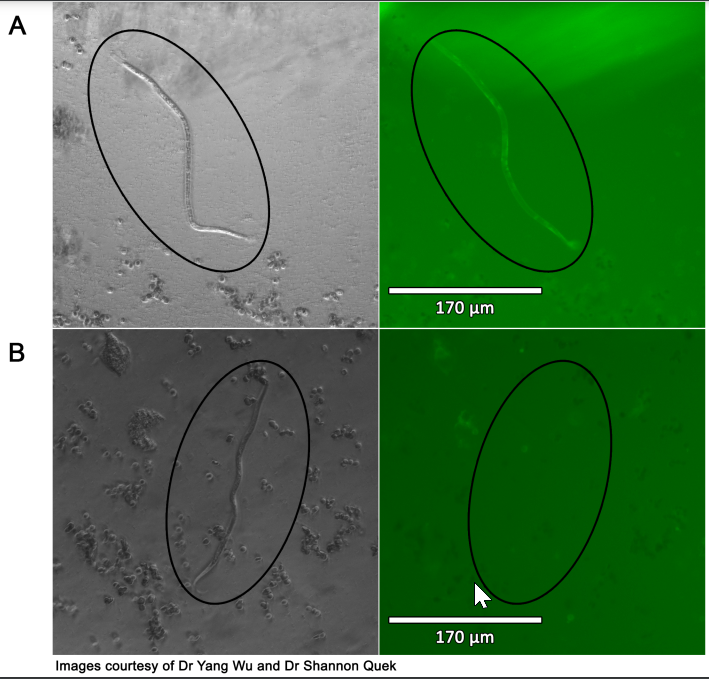
Researchers from LSTM have demonstrated that the depletion of Wolbachia, a bacterial symbiont, required for the growth and survival of the parasite that causes lymphatic filariasis, not only kills the parasite in a controlled way, but blocks the transmission of the disease.
Lymphatic filariasis is a vector-borne Neglected Tropical Disease prioritised for global elimination and affects 51 million people leading to severe physical and mental disabilities. Wolbachia has become a target for the treatment of the disease with antibiotics. However, previously it was though that transmission persists for several months due to the lag-phase before transmissive microfilariae become removed from circulation. In a study led by LSTM’s Professor Mark Taylor, the results of which are published in the journal the Proceedings of the National Academy of Sciences (PNAS), the team provides experimental evidence that Wolbachia-depleted mf cannot develop within the mosquito vector and pin-point the transmission-blocking defect.
Professor Taylor explained: “Wolbachia is an essential bacterial symbiont of filarial nematodes. The worm requires the bacterium to provide resources to support the parasites growth and development, the production of offspring, and the survival of the long-lived adult worms. Here we unravel another role for Wolbachia in supporting the transmission of the parasite through the mosquito vector. Juvenile parasites treated with antibiotics to remove the bacterium, are unable to develop in the mosquito to become infectious to the next human bitten by the mosquito.”
The team found that this block in development occurs in the mid-gut of the mosquito, which the parasites need to transverse to continue their development to infectious larval worms. Wolbachia depleted parasites are unable to complete this process due to being unable to shed their outer ‘skin’, which is essential for further development. An enzyme responsible for shedding their ‘skin’, known as chitinase, is responsible for this process and its abundance is markedly reduced in treated worms. Adding the enzyme back into the worms restores their ‘skin’ shedding behaviour.
This has important consequences for anti-Wolbachia therapy of lymphatic filariasis. Professor Taylor continued: “In addition to the long-term sterilisation of female worms prior to their death, this study shows that anti-Wolbachia therapy, will have a more immediate effect of blocking the transmission of the disease, but without the risks of inflammatory side effects experienced with standard drugs.”
Shannon Quek, Darren A. N. Cook, Yang Wu, Amy E. Marriott, Andrew Steven, Kelly L. Johnston, Louise Ford, John Archer, Janet Hemingway, Stephen A. Ward, Simon C. Wagstaff, Joseph D. Turner and Mark J. Taylor Wolbachia depletion blocks transmission of lymphatic filariasis by preventing chitinase-dependent parasite exsheathment. Proceedings Of the National Academy Of Sciences. Vol. 119 | No. 15. April 12, 2022 DOI number 10.1073/pnas.2120003119